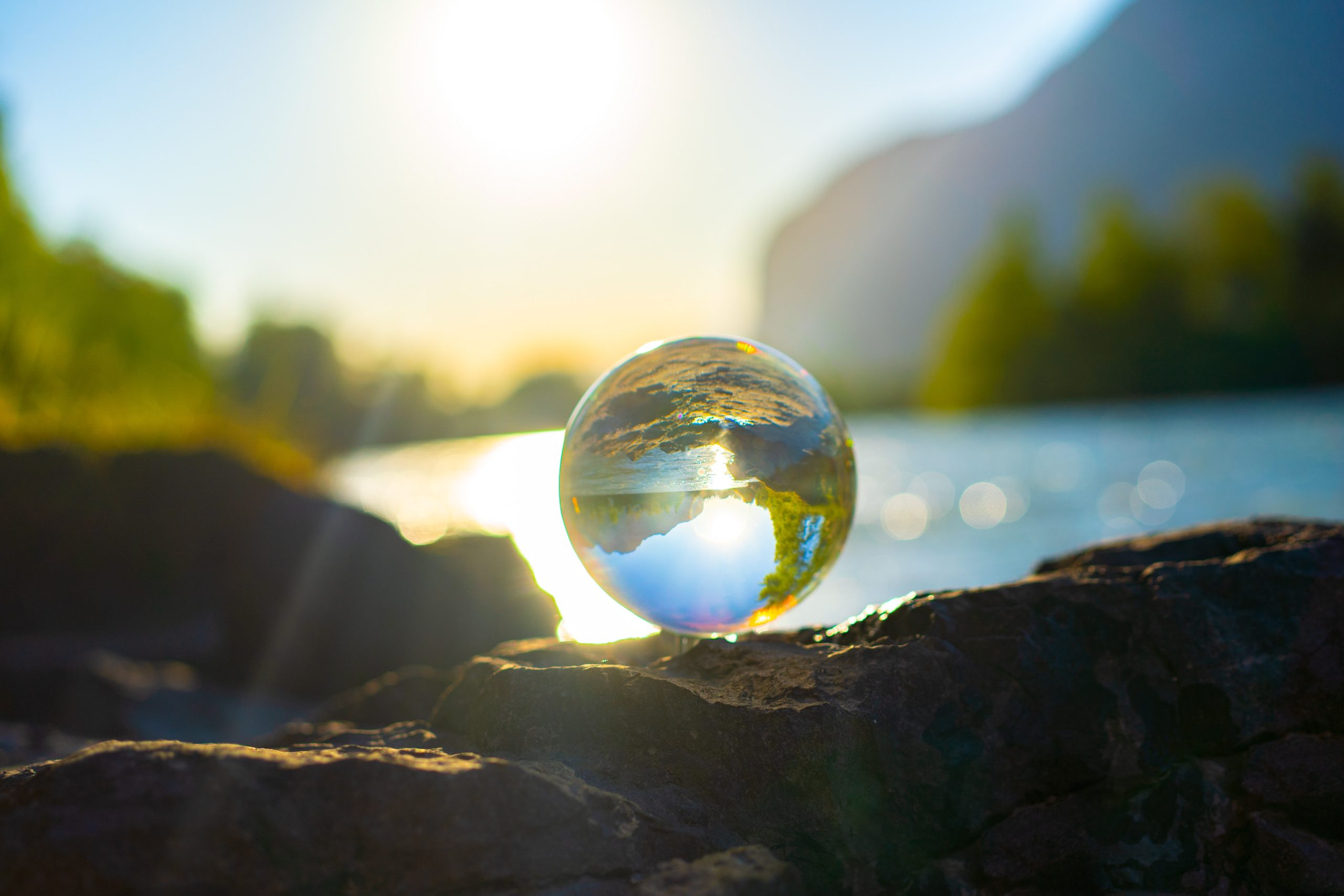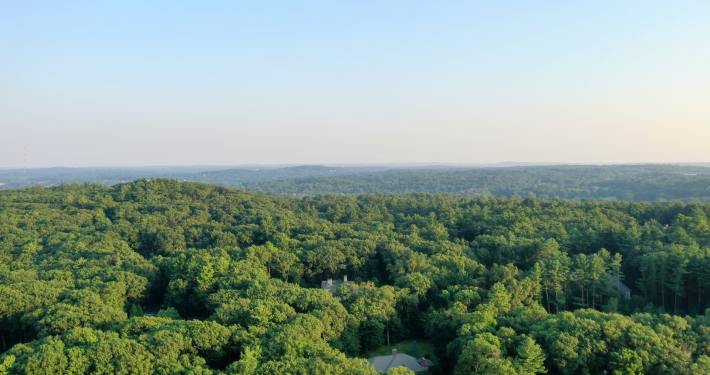
We have one planet! – The importance of natural resources in our daily lives
Planet earth, our beautiful and unique home. There is no inside or outside here, our planet is one.
Often in the pressure of everyday life, in our daily challenges and responsibilities, we lose the fine sensitivity of contemplating and observing in silence what is around us and everything that comes to us.
Decorated with a ribbon, with different colors and shapes, it can be big or small, like the objects we consume. But what are they made of?
If there is neither inside nor outside, if all of us and everything around us inhabit a single house, then what constitutes the objects of consumerism came from something that is part of nature!
Therefore, the products that help us in our daily lives – from cell phones to automobiles – are made with raw materials extracted from nature. You may not have thought about this yet, but industrialized objects are 100% made up of natural resources.
In addition to what we consume throughout our life's journey, we interact with several natural processes, which provide us with great benefits, and without them life would not be possible. I'm talking about everything from the air we breathe to the water we drink!
The phrases above may be simplistic, but it is important to look at the nature of what we consume and the natural processes with which we interact in a little more detail.
In a simplified way, we can separate natural resources into two groups: renewable and the not renovable.
Renewable resources are elements of nature that are renewed naturally, for example, everything that has plant origin or water that is in a cycle that is constantly recycled. Despite the concept of renewable, many natural resources in this category can be negatively impacted depending on the way in which they are used. Water and air are examples of this situation. How is the water quality of the rivers and air in the city you live in?
Every month, for many people who live in cities, bills for water and electricity bills arrive at our homes. Is not true! If we pay for the water that comes out of the tap in our homes, which has to meet guaranteed quality parameters to maintain our health, having a polluted water source means that more financial resources have to be spent on treating this water.
Throughout the year our electricity bill may vary according to the flag under which it is classified, which can be green, yellow and red, indicating whether the energy will cost more or less depending on the electricity generation conditions. The greater the energy generation by hydroelectric plants, the cheaper our electricity bill is. But one question remains: since energy from hydroelectric plants is cheaper, why don't they work at greater intensity, ensuring supply at a more affordable price for everyone?
And the answer to this question is: the operation of a hydroelectric plant depends on the water level of the reservoirs that support it.

Much of the rainwater that falls in the central-west and southeast regions of Brazil originates in the Amazon forest. The impacts of fires and deforestation result in a decrease in the amount of rain and consequently in water reservoirs (Photo: Henry Dixon)
And then we can ask another question. Where is the rain that was here?
As previously mentioned, here in our house there is no inside or outside, everything is interacting, so if we affect the natural cycles we can cause different impacts. Much of the rainwater that falls in the central-west and southeast regions of Brazil originates in the Amazon forest. Thus, if we negatively impact the forest, with fires and deforestation, we reduce the amount of rain and consequently the water reservoirs that support hydroelectric plants are affected. And the attitudes we have locally can also reduce the infiltration of rainwater that feeds springs, streams and rivers. Thus, there is a relationship of cause and effect that act directly on the supply of natural resources that allow the maintenance of life.
We can also talk about the consequences of air pollution on public health. Data from the Brazilian Ministry of Health, for the period 2018, cites the cost of R$ 1.3 billion for care for respiratory diseases that may be associated with air quality. We know that particles that come out of vehicle exhaust, industrial chimneys and forest fires affect air quality. Public health expenditures for the treatment of respiratory diseases are not included in the calculations of companies that generate this negative impact on the atmosphere. But the expense exists and, in this case, it is covered by the tax paid by us Brazilians.
The impact on the atmosphere is currently one of the biggest challenges that modern human society is facing. The phenomenon called climate change, caused mainly by greenhouse gas emissions from human activities, has put the global climate at risk and several consequences with very high costs are currently necessary to minimize the consequences of climate change. According to the IMF, globally, it is estimated that, between 1996 and 2015, economic losses caused by extreme climate events amounted to US$ 3.08 trillion.
Now talking about non-renewable natural resources, by concept, we have that these are resources that cannot be regenerated or reused on a scale that can sustain their consumption rates. To exemplify them, we can mention ores and petroleum derivatives as resources in this group. The formation of these follows climatic and temporal conditions (geological eras) that do not match the speed of consumption that we are exercising.
In the case of non-renewable natural resources, the prospect of scarcity and/or unfeasibility of economic exploitation is clear, given the condition that the consumption rate is greater than the renewal capacity.
Another important point to be made is that the use of these non-renewable resources, specifically those that are sources of energy generation (oil and mineral coal), are the protagonists in the issue of climate change. Thus, the lack of substitute resources for these non-renewable resources poses threats to the longevity of many products, while at the same time opening a window of opportunities for innovation.
It is evident that human action reduces the opportunity to supply natural resources. And, consequently, we reduce the opportunity to maintain life as we know it. This close relationship between human action and the availability of natural resources gives us the opportunity to reflect to understand that economic aspects have been overly relativized, if we have as a reference that the main thing is the maintenance of life. Therefore, it is possible to discern that the economy is a subsystem of the development of our society and that, in turn, society and economy are subsystems of the environmental dimension.
But how do you know which is the best way to produce with the lowest environmental impact?
At Fundação Espaço Eco, to understand the environmental impacts that occur throughout a production chain, we use Life Cycle Assessments, through studies called environmental footprints (carbon, water or others), which compare different categories of environmental indicators for products and processes that perform the same function but are produced in different ways. Through this type of study, we are able to find out which product emits more or less Greenhouse Gases (GHG), for example.
When the environmental dimension begins to take part as a protagonist in economic decision-making, it is observed that it has been internalized in the governance of countries and companies. And, consequently, environmental aspects begin to be measured by an order of monetary magnitude (although life has inestimable value), but it brings the idea and importance that previously neglected consequences, such as atmospheric pollution, are made tangible.
Specifically for Brazil, a country with the greatest global biodiversity, with a thriving agriculture and an abundance of diverse natural resources, it has the chance to transform its economy by generating a new wave of industrialization in the context of a new paradigm. To give you an idea, Brazil is the country with the best opportunity cost to invest in expanding the supply of renewable energy. In the field of mining, the country is one of the few in the world that can produce steel using charcoal. In addition to ethanol and biodiesel biofuels, which are expected to gain more and more space in Brazilian consumption.
All these transformations at the level of industrial production have everything to be a promising path for generating jobs and income. By including the environmental dimension in decision-making, a prosperous future in all dimensions can be contemplated.
Investing in environmental protagonism is no longer a matter of choice. Have you woken up to this reality?
Share